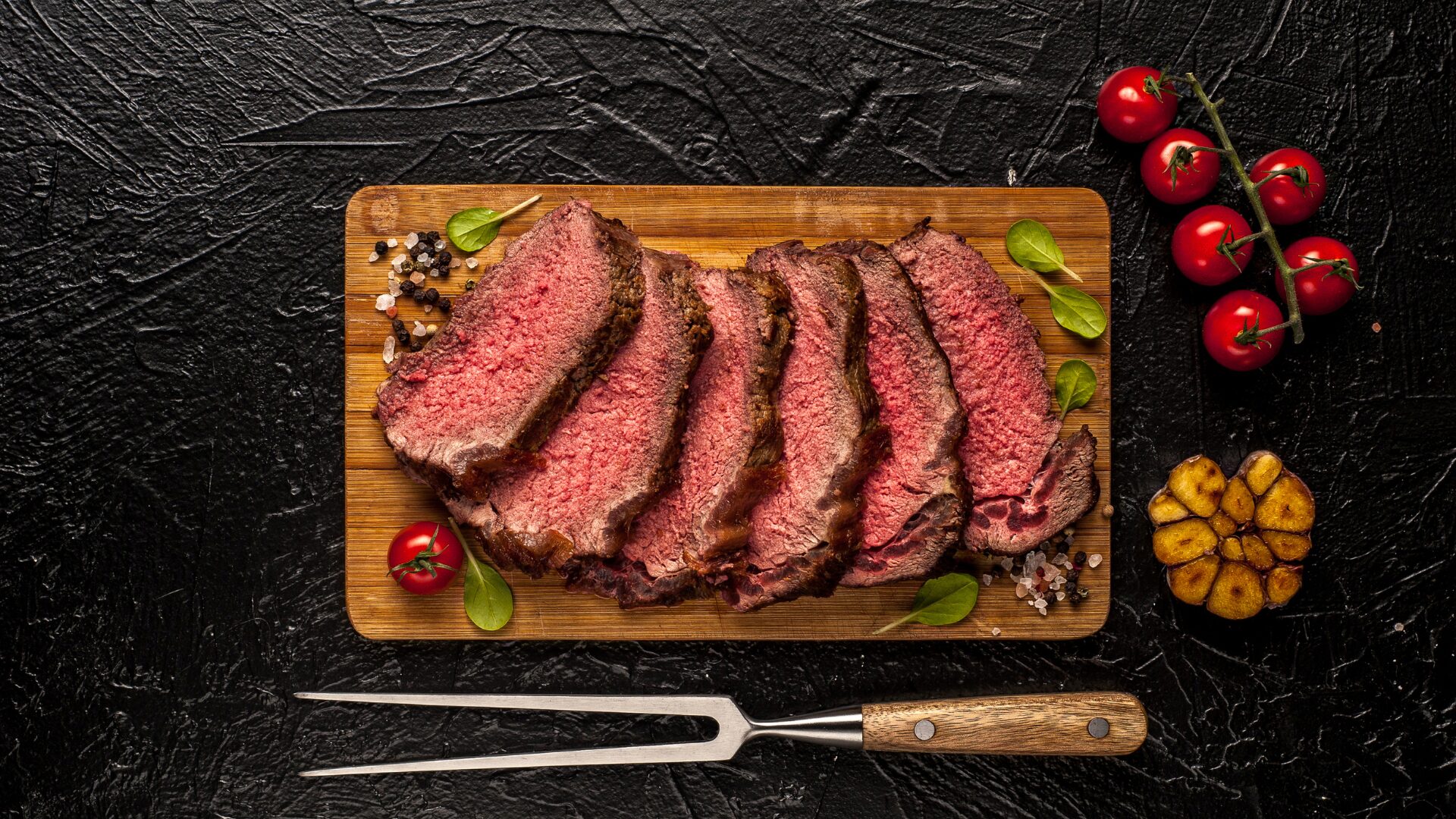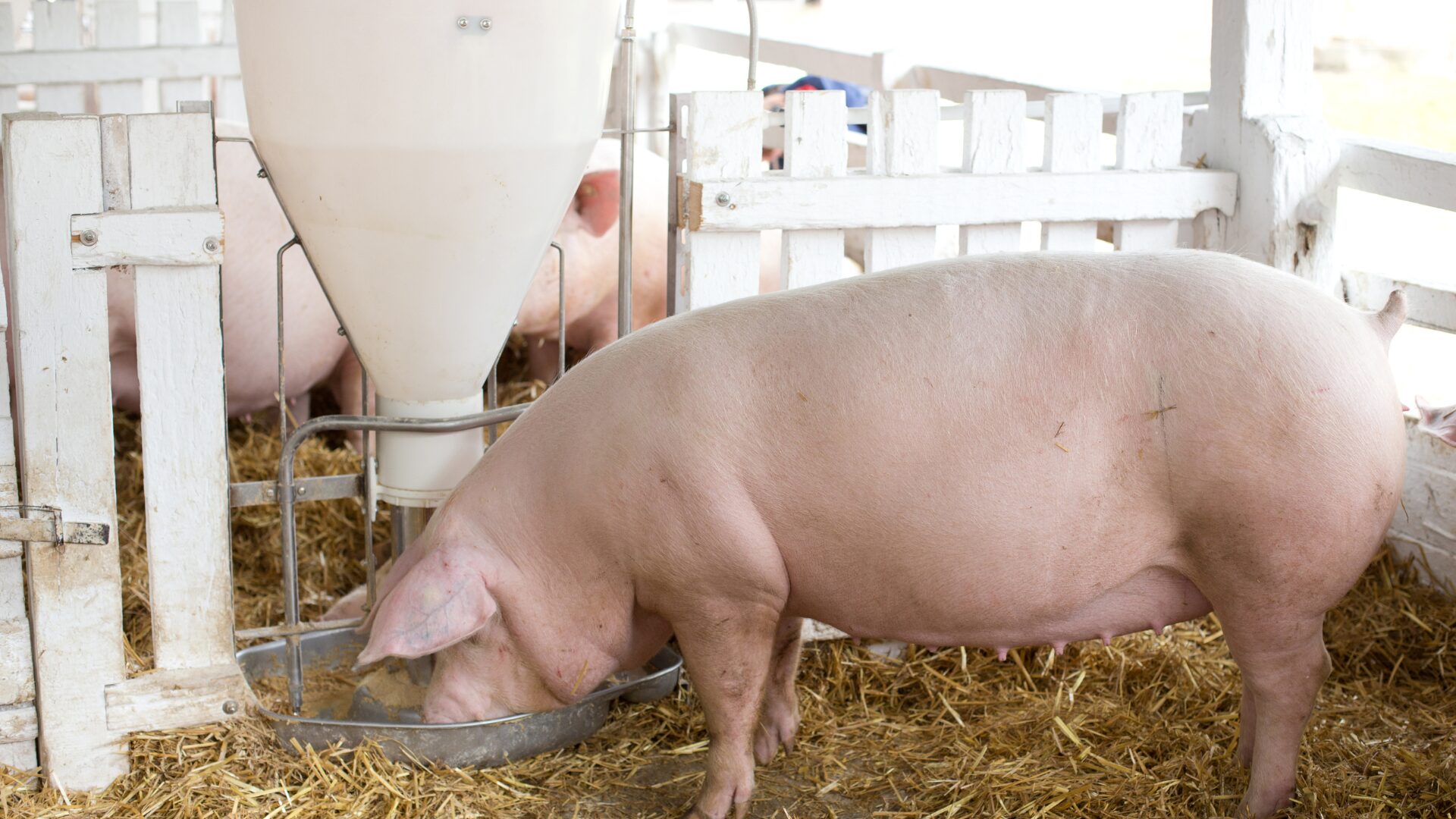Lately, U.S. farmers are shipping record volumes of crops and meats across the Pacific. A key factor at play: three years after the beginning of a trade war, China is reviving its trade relations with the U.S., as noted by The Wall Street Journal (March 10).
U.S. agricultural exports to China in 2020 rose to 55.5 million tons and comprised one-quarter of all farm shipments, according to U.S. Agriculture Department data. China is buying more farm goods now than it did before the trade war, and U.S. agricultural officials expect demand to grow.
The surge is leading to a turnaround in the U.S. farm economy, lifting commodity prices and profits for agribusinesses, buoying businesses that suffered as Chinese tariffs slashed exports and pressured prices.
CHINA LOOKING TO SECURE HOG STOCKS
China is also looking to secure its own hog stocks, which were hurt by African Swine Fever (ASF) last year. China’s hog herd recovery in 2021 will be bolstered by larger sow inventories and high pork prices, according to a report issued by USDA’s Foreign Agricultural Service in Beijing, reported Successful Farming (March 8).
However, animal disease outbreaks will moderate pork production, the report noted. Domestic pork prices will encourage both swine operation expansion and strong imports. Pork production in 2021 is forecast to increase by 14% following record low rates in 2020 as expansions by large companies over the last two years come into use.
Still, even with the expansion in 2021, pork production will remain below pre-ASF levels, keeping domestic prices strong, the report said. Pork imports in 2021 are forecast to reach 4.5 million metric tons as consumers are increasingly receptive to chilled or frozen pork.
WATCHING FOR RECURRENCE OF ASF
African swine fever is re-emerging in Asia. The re-emergence is threatening to upend efforts to replenish the national herds after the virus killed tens of millions of pigs in the region, reported Farm Progress (March 8).
Outbreaks have been spotted in China and Vietnam this year, and the disease has even landed in Malaysia. New cases are scattered and isolated, but they’ve put governments on notice. Since there is no commercial vaccine available yet, authorities are forced to rely on strict biosecurity measures and the culling of susceptible animals.











